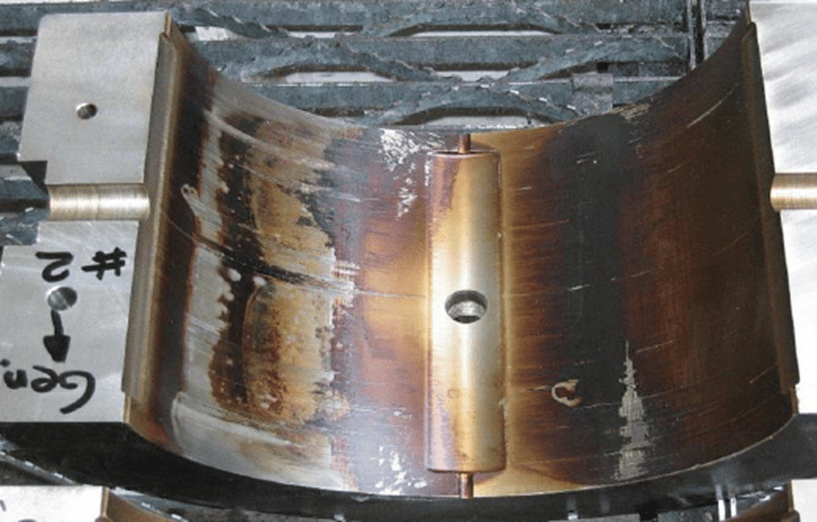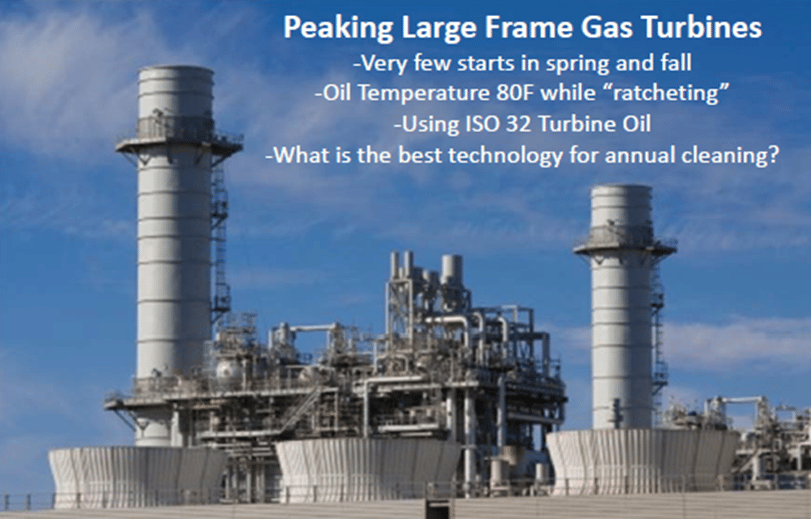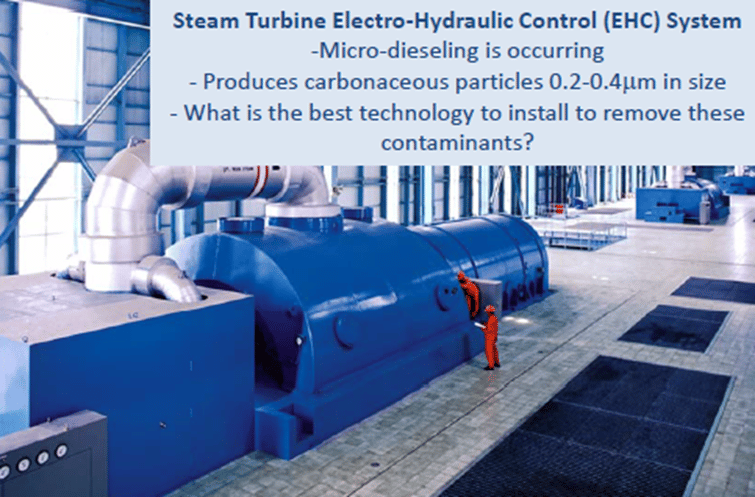Do Varnish Removal Technologies Work?
Varnish can affect all types of equipment based on the environment and conditions which exist. However, when varnish occurs, the immediate question which arises is, “How do we remove it?” This is where some varnish removal technologies can work. Similar to varnish having various chemistries, varnish removal technologies are only suited to the varnish they can remove. As such, different technologies should be utilized based on the system and type of varnish. In this blog, the various types of varnish removal technologies will be explored as well as the pros and cons for each system.
What is varnish?
Before the types of varnish removal technologies are discussed, one should understand the complexities of varnish and its formation. Varnish can be considered a thin, hard, lustrous oil insoluble deposit. Typically, this is composed of organic residue which is not easily removed by wiping and resistant to saturated solvents. Its colour may vary significantly depending on its chemistry during formation.
Normally, deposits can be defined as either Organic or Inorganic in nature. Organic deposits mainly consist of depleted antioxidants, degraded base stocks or a combination of these. Inorganic deposits on the other hand, may contain dirt, wear metals or some depleted additives. Understanding the nature of the deposit can assist in determining the best method of removing it from the system.
There are usually two key variables which determine the varnish deposition process and these are; temperature and pressure. A high temperature can cause rapid oxidation or coking which brings deposits to the surface while a low temperature will impact on the solubility of the contaminants and bring these out of solution as well. An elevated pressure also drives deposits out of solution. It should be noted that at warmer temperatures (40-50°C), varnish tends to remain in solution but at lower temperatures (25°C), varnish usually comes out of solution and can deposit on the internals of the system.
Types of varnish removal technologies
There are four main types of varnish removal technologies which can remove soft contaminants:
- Depth media filters
- Electrostatic Oil cleaners
- Charged Agglomeration
- Resin-based Chemical Filtration
Each of these types of technologies has a list of pros and cons.
Depth Media Filtration
These can usually filter particles down to approximately 3 microns and are fitted with polar, cellulose media which attract the polar oil degradation products.
Some of the benefits of this type of filtration system include:
- Simple and economical to operate
- Has a high dirt holding capacity where it can efficiently filter to as low as 3 microns
- Adsorbs soft contaminants
- Adsorbs moisture
One of the disadvantages of the depth media filtration is that it only removes soluble soft contaminants which are in suspension. As such, for varnish removal, this is ideally suited for reservoirs which are operating at <40°C.
Electrostatic Oil Cleaners
Electrostatic forces are utilized to charge contaminants where negatively charged particles are attracted to a positive collection zone and positively charged particles are attracted to a negative collection zone. This process is called electrophoresis. Neutrally charged particles can be removed in a process called dielectrophoresis. Electrostatic oil cleaners do require a non-conductive environment to function.
There are a couple of benefits for electrostatic oil cleaners which include;
- Efficiently removing all suspended contaminants down to 0.01 microns
- Successfully removing inorganic, insoluble degradation products (such as depleted ZDDP)
- Removing soot-type carbonaceous particles
Some disadvantages include;
- Removal of only soluble soft contaminants which are in suspension. For varnish removal, this is ideally suited for reservoirs operating at <40°C
- Sensitivity to water and other conductive contaminants / fluids
Charged Agglomeration
While this is slightly similar to Electrostatic Oil Cleaners, the charge on the particles are not restrained to the confines of the filtration equipment. Agglomeration occurs when the oil returns to the lubrication system. At this time, the sub-micron particles agglomerate to multi-micron sized particles which are then filtered by mechanical filtration.
Some of the benefits of charged agglomeration include;
- Efficient removal of all suspended contaminants including sub-micron particles
- There is no “trip off” in the presence of moisture
- Agglomeration allows the conventional micro-fiberglass filters to remove soft contaminants
On the other hand, some disadvantages include;
- Removal of only the soluble soft contaminants which are in suspension. For varnish removal, this is ideally suited for reservoirs operating at <40°C
- This does not work in conductive or moist fluids
Resin based – Chemical Filtration
This type of filtration is designed to remove organic soft contaminants from lubricants by utilizing selective absorptive filtration media. Essentially, this type of filtration can effectively remove oil degradation products which are in solution. The filter media is not affected by water or other contaminants and it does not impact other additive components in the formulation.
There are some advantages of resin based chemical filtration which include;
- Removal of soft contaminants which are both in suspension and in solution
- There is a wide range of effectiveness from 10°C – 70°C
- The simple design allows for easy operation
One disadvantage of this system is that:
- It only removes organic soft contaminants. There is no impact on other hard contaminants or inorganic soft contaminants
Case Studies
Here are a few case studies which demonstrate the most suited types of varnish removal technologies as per application.
Case Study 1
In this case study, the customer has a Peaking Large frame Gas Turbine. This turbine has very few starts in spring and fall. Additionally, it experiences oil temperatures of 27°C while “ratcheting” and uses an ISO32 turbine oil.
The best varnish removal technologies to be used are; Depth Media Filters, Electrostatic Technologies or Resin Filtration (ESPs).
Case Study 2
Another customer with an Air compressor being operated at 24hrs per day / 7days per week / 365days per year experiencing oil temperatures of 65°C.
The best varnish removal technology to be used in this case would be the resin filtration (ESP).
Case Study 3
A customer with a steam turbine electro-hydraulic control (EHC) system has micro-dieseling occurring. This produces carbonaceous particles of 0.2-0.4 microns.
The best varnish removal technology to be used are electrostatic oil cleaners.
In essence, varnish removal technologies should be chosen based on the chemistry of the varnish which is being removed and the type of system in which the process is taking place.




